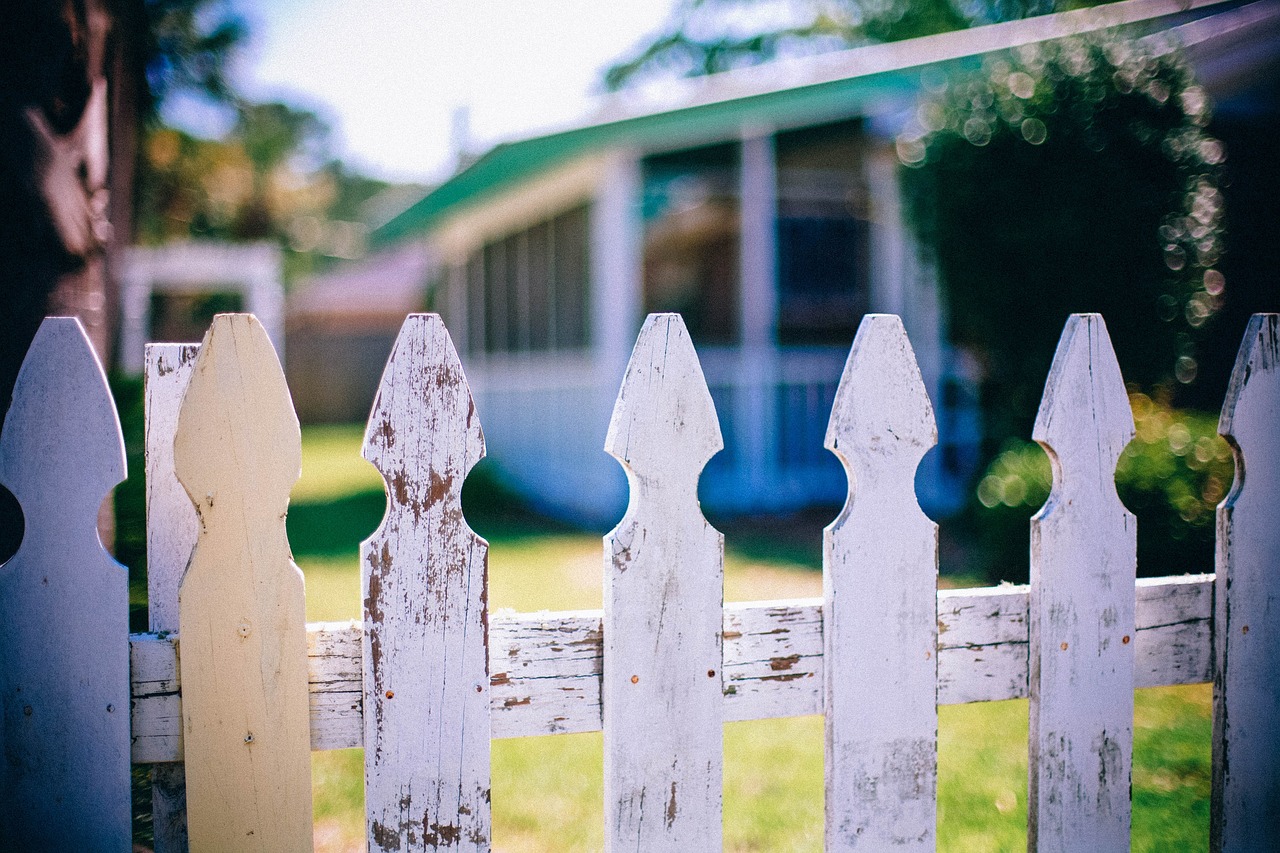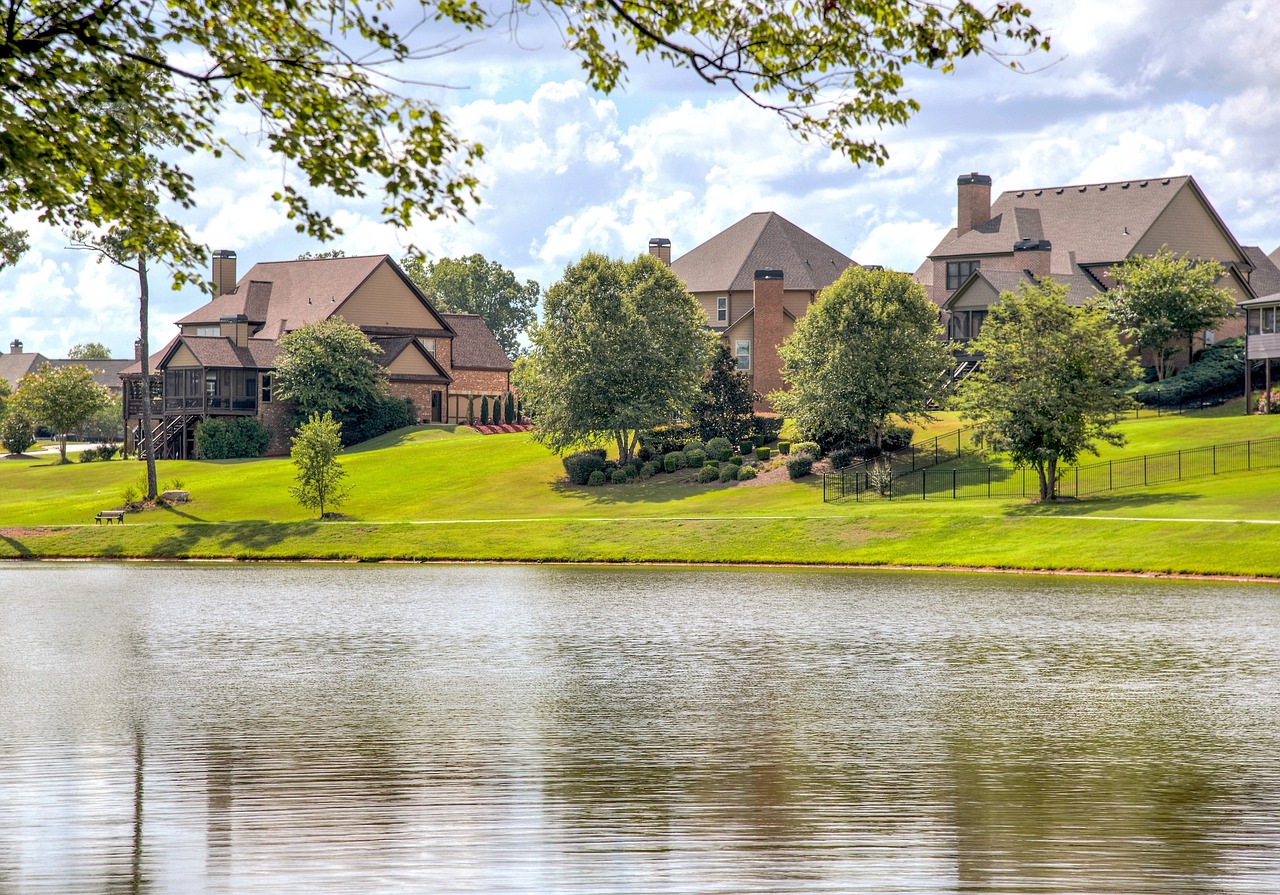Exploring the Nuances: Community, Neighborhood, and Development
Unraveling the Difference between Community, Neighborhood, and Development
In urban planning and social dynamics, three terms often find themselves used interchangeably: community, neighborhood, and development. While these three may appear synonymous on the surface, delving deeper reveals distinct characteristics that set them apart. The differences can be very important when the topic is Real Estate, and those looking to purchase property should understand the nuances between the terms.
This comprehensive exploration aims to shed light on the unique attributes of each, providing a clearer understanding of their roles and significance in defining the places we live.
Community: The Essence of Togetherness
A community transcends mere physical proximity; it embodies a shared identity, purpose, and sense of belonging among its members. It is a dynamic social entity forged by common interests, values, and experiences. Communities can span geographic boundaries and unite individuals with shared goals, whether they’re based on cultural heritage, profession, or a shared cause.
Key features of a community:
- Shared values and beliefs
- Collective identity
- Mutual support and interdependence
- Active engagement and participation

Neighborhood: Where Location Meets Lifestyle
A neighborhood is a specific geographic area, a section of a town or city where residents coexist in close proximity. It’s characterized by the physical infrastructure, amenities, and services available within its boundaries. While a neighborhood may house various communities, it’s fundamentally defined by its spatial layout, the types of buildings, and the facilities it offers.
Key features of a neighborhood:
- Physical proximity
- Common built environment
- Local amenities and services
- Socio-economic diversity
Development: Crafting Spaces for Tomorrow
Development pertains to the process of planning, designing, and constructing physical spaces, often with the aim of creating a conducive environment for human habitation or economic activity. It encompasses a broad spectrum of endeavors, ranging from residential and commercial projects to urban revitalization and infrastructure initiatives. Master planned communities and new home communities are examples of real estate developments.
Key characteristics of a development:
- Planning and design
- Construction and infrastructure
- Economic and social impact
- Sustainability and longevity
Intersections and Overlaps
While distinct, these terms are not mutually exclusive. A development can serve as the foundation for a new neighborhood, which, in turn, fosters the growth of a unique community. Conversely, a community’s established presence can influence the development and character of a neighborhood.
Examples:
- A suburban housing development evolves into a tight-knit community
- Urban revitalization projects turn neglected neighborhoods into vibrant, thriving communities
Role of Governance and Planning
Effective governance and urban planning play crucial roles in shaping and sustaining communities, neighborhoods, and developments. Well-designed policies can foster inclusivity, social cohesion, and economic vitality, while poorly executed strategies may lead to fragmentation and inequality.
Orchestrating Harmony
Understanding the distinctions between community, neighborhood, and development empowers us to appreciate the multifaceted tapestry of our urban and suburban environments. Recognizing the intricate relationships between these elements enables us to envision and create spaces that nurture vibrant, inclusive, and resilient communities.
When looking for a home to purchase, having a conversation with your real estate agent about what you are looking for in a community, what types of neighborhoods appeal to you, and whether a development fits your criteria for your new home, will help ensure that you love not just your new home, but your lifestyle.
